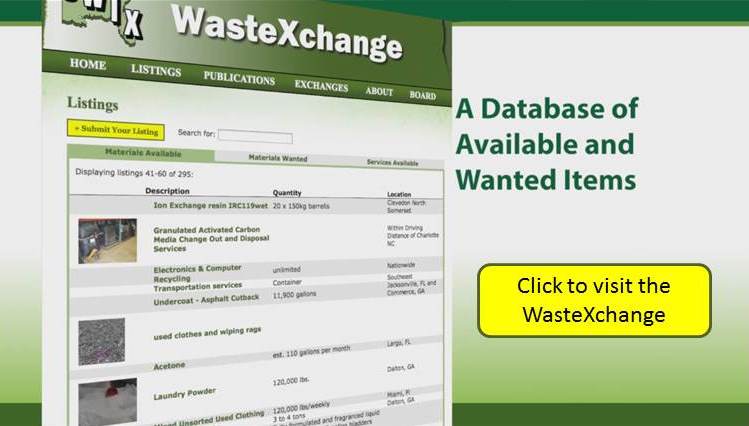Products and Uses Construction & Demolition Debris Recycling
Source: Florida DEP
Common Products and Uses of Recycled C&D Debris:
C&D Recycling OptionsSeveral options exist for recycling C&D waste. Waste can be separated and processed and the C&D job site itself. This requires active participation by the C&D contractor. Tight economics and the need for rapid completion of construction and demolition projects has limited this practice, although education continues in this area. Most C&D waste recycling takes place at materials recovery facilities (MRFs) where waste stream materials are processed and separated. Waste materials are separated by a combination of mechanical and manual separation. The process often involves crushing the waste in the early stages of the process to aid in the mechanical separation of the material. Markets for wood, concrete, and metal exist to accept these materials. A major factor in the success of a recycling operation is the degree of contamination of the material. Purity of the recovered product encourages higher resale prices. Product purity may be reduced at some processing facilities because of the aggressive handling of the mixed waste stream. One of the largest products of a typical C&D materials recovery facility is a recovered soil fraction (referred to in Florida as recovered screened material or RSM). This fraction accounts for 25% or more of the recovered waste stream at some facilities. This material may be used as clean fill in off-site operations, provided that the material is safe. The presence of hazardous chemicals in the C&D waste may limit the reuse options for RSM. Policy guidelines have been developed by FDEP to approve reuse project for RSM. Other PracticesSome C&D management practices act to divert materials from landfill disposal but are not always considered recycling. A common practice in South Florida is to use “clean” concrete as lake fill for the reclamation of borrow pits (where excavation has resulted in the creation of permanent surface water bodies). C&D waste components are also sometimes used as landfill cover. This is the most common reuse practice for screened C&D fines. Some facilities crush the entire C&D waste stream (or most of it) and use it as cover or road material in landfills. ______ NEED ASSISTANCE WITH WASTE RECYCLING?WE SPECIALIZE IN MATERIALS EXCHANGEOUR OFFICE SERVES TO CONNECT MATERIALS PRODUCERS AND USERSCONTACT 800-441-7949_______ |
Posted in: Company News
Leave a Comment (0) ↓
